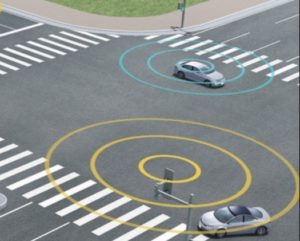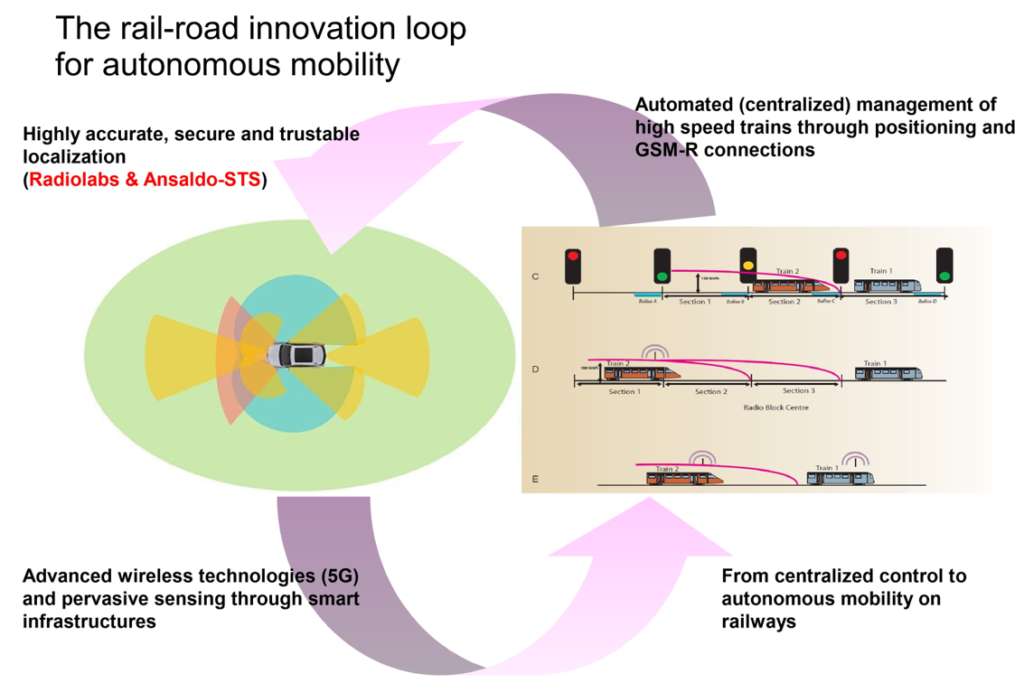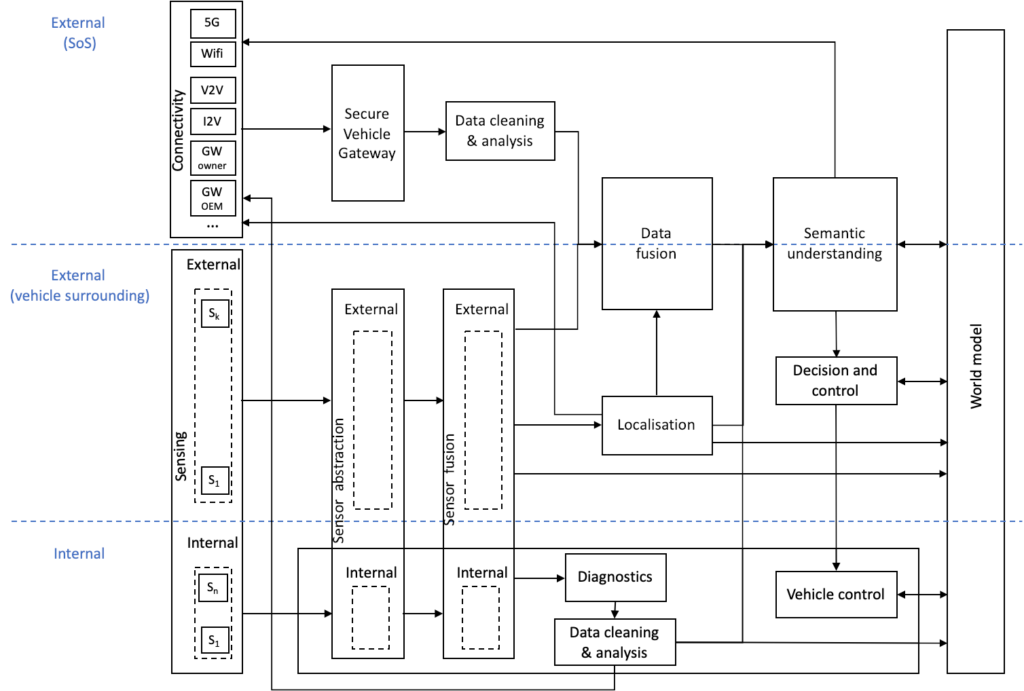Research Areas

Vehicular Communication Systems
- Simulative and experimental evaluation of V2V and V2I scenarios operating according to the IEEE 802.11p communication standard.
- Proposal and validation of advanced techniques for congestion control.
- Development of methods and setups for simulation and emulation and evaluation of the effect of realistic network architectures on the performance of distributed algorithms (e.g. Consensus)
- Evaluation of the performance of diversity techniques exploiting new channel models for the vehicular environment.
- Analysis and study of integration solutions between satellite and terrestrial networking aiming at developing 5G technology.
Geo-localization
Currently underway geo-localization research activities concern the development of algorithms and architectures based on satellite multi-constellations and augmentation networks aiming at achieving certified levels of accuracy and confidence. We als have a close collaboration with the Radiolabs Consortium, which in recent years has developed important innovations in terms of algorithms and validation environments in the railway sector.


Cyber-security
- Hybrid encryption schemes for wireless sensor networks (mainly based on elliptic curves).
- Intrusion-detection systems (IDS) based on Weak Process Model and their integration with middleware platforms for wireless sensor networks.
- Analysis and simulation through Software-defined radio (SDR) platforms of the IEEE 802.15.4 and IEEE 802.15.9 protocols aiming at identifying possible attacks and defense methodologies.
- Implementation of a KMP based on hybrid encryption compliant with the IEEE 802.15.9 standard;
- Design and implementation of a hardware accelerator for ECC on reconfigurable platforms, aiming at computational performance, energy saving and platform independence.
Onboard HW/SW Architectures
The architecture of a modern vehicle has to cope with a large number of concerns, including safety, security, variability management, networking, costs, weight, etc. Also, the increasing amount of people involved in the software development projects imposes additional challenges to the architecture teams, as the development and design literally cannot be controlled, or even understood, in detail by a single group anymore. The development is inevitably parallelized; this obviously also holds for the large amounts of externally developed software, which is integrated as black-box functionality. The important integration work is done in an iterative manner by developers and test teams, focusing on vital systems, first, and, then, gradually establishing various functionalities. Architects might be not involved in integration, however, the architecture for sure influences the integration.
However, the definition and description of an architecture description require a cost in terms of human and financial resources. Moreover, sometimes it is not evident that investing effort and money on properly defining and describing the architecture will result in saving money later in the development. This is shown often as discrepancies between the as-intended and the as-implemented architecture. This motivates the shift towards “just-in-time” architecting, from plan-driven system development towards agile practices, and on continuous integration and deployment.

